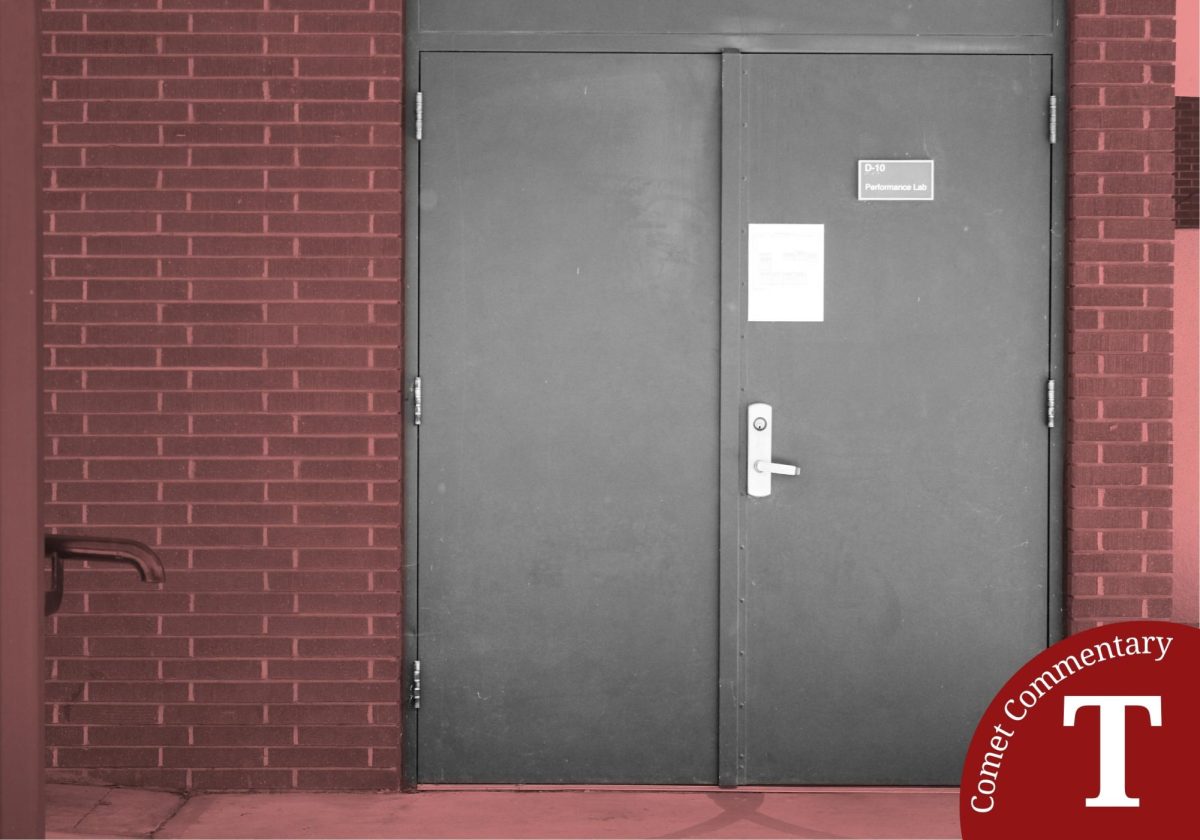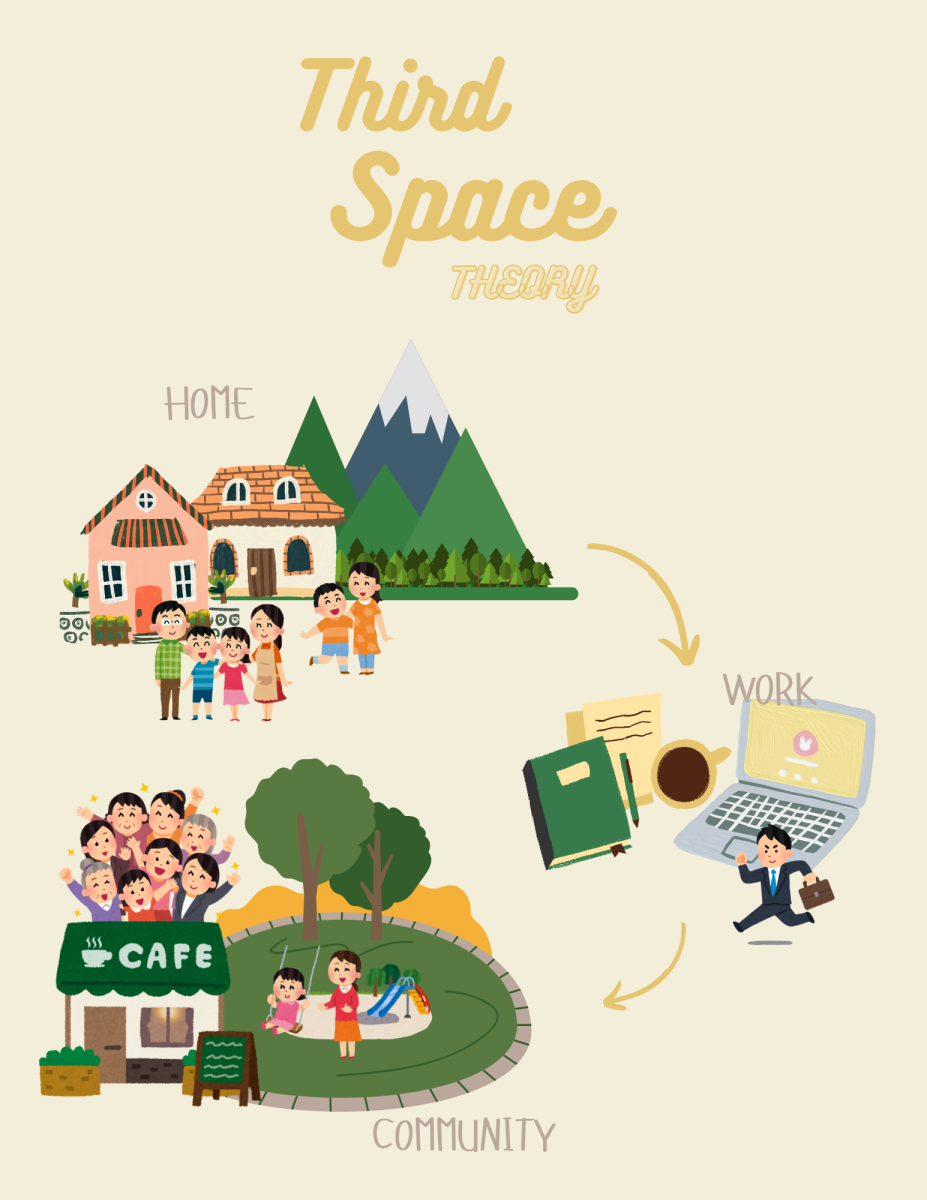Before the pandemic, working from home seemed exclusive to those who are self-employed or freelancers. Many employees considered it a luxury to stay at home all day and get their work done.
In reality, working from home is bad for most employees because it requires extra discipline and usually is less rewarding.
According to the Bureau of Labor Statistics, only 14% of employees were working remotely before the beginning of the pandemic. Now, that percentage has increased astronomically to 42% according to one Stanford researcher.
With so many people having their routines uprooted so suddenly, there has been an increase in mental health problems. One major problem is an increased feeling of isolation.
When you work from home, you spend a majority of time by yourself. This isolation can lead to depression, relationship damage and many other things.
The fact is that remote work can cause loneliness. Organizational psychologist Lynn Houldsworth conducted research on journalists working remotely before the pandemic. She found that working from home increased loneliness by 67%.
Another downside to working from home is the risk of overworking. Many employees tend to work longer than they should. This leads to burn-out and increased work-related stress.
This overworking can also lead to a blur between work and home life. When working from home, many people may forget that their home is still their home and not just their office.
Also, there is the risk of employees losing focus on their work and getting distracted. Why work when your bed is so close by, or when you could sit and watch TV all day? The freedom of being able to work from home makes it difficult to keep track of work.
Now a one-hour project will take an employee six hours instead. This is the reality that most employers are scared of leading to possible layoffs. It is hard to justify working from home much longer if these are the risks that employees are put through.












